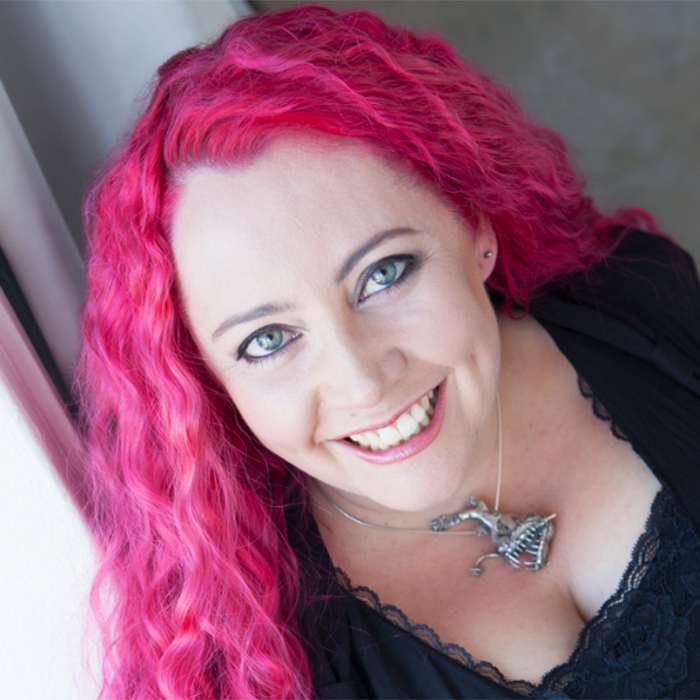The Geoscience Society of New Zealand’s 2015 Hochstetter Lecture
Dr Nick Mortimer, GNS Science, Dunedin
Thursday 15 October 2015 at 7.30 pm
Hawke’s Bay Regional Council, corner Vautier and Dalton Streets, Napier
Entry: gold coin donation
 Continents are the largest solid objects on the Earth’s surface. In this illustrated talk Nick will summarise the scientific case that there are not seven but eight continents: Africa, Antarctica, Asia, Australia, Europe, North America, South America and Zealandia. Although Zealandia is 4.9 million square kilometres in area, it has literally lain hidden because 94% of it is under the sea. In the talk Nick will also speak about how Zealandia became the world’s most submerged continent and why its continental identity is important to science and to society.
Continents are the largest solid objects on the Earth’s surface. In this illustrated talk Nick will summarise the scientific case that there are not seven but eight continents: Africa, Antarctica, Asia, Australia, Europe, North America, South America and Zealandia. Although Zealandia is 4.9 million square kilometres in area, it has literally lain hidden because 94% of it is under the sea. In the talk Nick will also speak about how Zealandia became the world’s most submerged continent and why its continental identity is important to science and to society.
Nick Morti mer is a geologist at the Dunedin office of the Crown Research Institute GNS Science. He first graduated in geology in 1980 and was awarded a Ph.D in geology in 1984. In his 26 year career he has carried out land- and ship-based field work throughout the length and breadth of New Zealand and Zealandia and has gained expertise in many aspects of geology, including structural geology, tectonic evolution, geochemistry, geochronology, mineralogy, petrology. He recently co-authored a Penguin book on Zealandia with his colleague Hamish Campbell. He is a senior editor for the NZ Journal of Geology and Geophysics.
mer is a geologist at the Dunedin office of the Crown Research Institute GNS Science. He first graduated in geology in 1980 and was awarded a Ph.D in geology in 1984. In his 26 year career he has carried out land- and ship-based field work throughout the length and breadth of New Zealand and Zealandia and has gained expertise in many aspects of geology, including structural geology, tectonic evolution, geochemistry, geochronology, mineralogy, petrology. He recently co-authored a Penguin book on Zealandia with his colleague Hamish Campbell. He is a senior editor for the NZ Journal of Geology and Geophysics.
 Each year the Geoscience Society of New Zealand chooses as its Hochstetter Lecturer a New Zealand earth scientist who has recently completed a major study, and who has a reputation as a good, informative speaker. Emphasis shall be on the dissemination of new concepts and/or of important information which modifies existing interpretations. The lecture is given at major centres around the country and should be of interest to both professional and amateur audiences.
Each year the Geoscience Society of New Zealand chooses as its Hochstetter Lecturer a New Zealand earth scientist who has recently completed a major study, and who has a reputation as a good, informative speaker. Emphasis shall be on the dissemination of new concepts and/or of important information which modifies existing interpretations. The lecture is given at major centres around the country and should be of interest to both professional and amateur audiences.
Download flyer






![Art Gallery Composition HR JOG + JG A5[1]](http://hawkesbay.rsnzbranch.org.nz/wp-content/uploads/Art-Gallery-Composition-HR-JOG-JG-A51.jpg)



 Paleontology is the science of fossils. Like all science, it is concerned with discovery and interpretation of the world (and universe) around us. For paleontology, that discovery starts in the layers of rock exposed on mountainsides and in river beds, where we find fossils that have been preserved and hidden for millions to hundreds of millions of years. Fossils are an incredible source of knowledge and understanding: from them we learn about the unique history of life on this planet, the wonderful coincidence of conditions that makes life possible, and the terrifying events that have destroyed life. We also learn about climate change, sea-level rise, earthquakes, tsunamis, and the fossil fuels that sustain our society. In this talk I will try to convey the excitement (and hazards!) of initial fossil discovery, and then give a tour through the sorts of scientific discoveries that follow.
Paleontology is the science of fossils. Like all science, it is concerned with discovery and interpretation of the world (and universe) around us. For paleontology, that discovery starts in the layers of rock exposed on mountainsides and in river beds, where we find fossils that have been preserved and hidden for millions to hundreds of millions of years. Fossils are an incredible source of knowledge and understanding: from them we learn about the unique history of life on this planet, the wonderful coincidence of conditions that makes life possible, and the terrifying events that have destroyed life. We also learn about climate change, sea-level rise, earthquakes, tsunamis, and the fossil fuels that sustain our society. In this talk I will try to convey the excitement (and hazards!) of initial fossil discovery, and then give a tour through the sorts of scientific discoveries that follow.